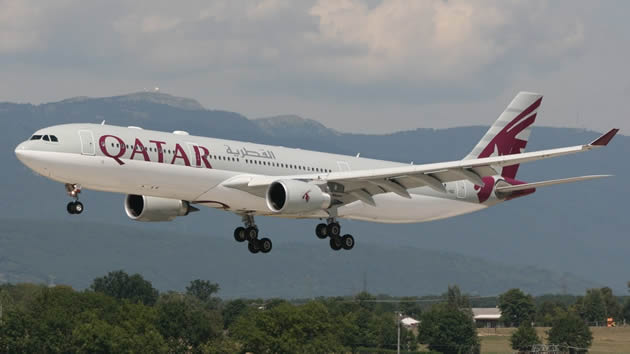Zimbabwe school stats
Primary education enrolment figures increased from 2,4 million in 2004 to 2,7 million pupils in 2012, an increase of 13%. In 2012, Manicaland province had the highest number of children who were enrolled in primary schools.
In 2012 there were 74 355 teachers of whom 55 percent were female. Bulawayo has more female teachers. Mashonaland Central is the only province with more male than female teachers at primary school level.
Manicaland had the highest number of primary school teachers in 2012 in relation to other provinces. This can be attributed to the fact that this is the province with the highest number of schools
The number of secondary schools has been increasing from 1980 to 2006 but declined significantly in 2009 and picked up in 2010 onwards. Some satellite schools, mostly in commercial farming areas, were closed down at the height of land reform exercise
The number of primary schools increased from 4 578 in 2001 to 5 753 in 2012. Manicaland had the highest number of primary schools (857) and Bulawayo had the lowest (128).
Generally, all the provinces had increases in the number of schools up to 2012. There has been a general increase in the number for the period 2004 to 2012. Enrolment figures increased from 2,4 million in 2004 to 2.7 million pupils in 2012, an increase of 13
The majority of primary schools, about 76 percent, are owned by rural district councils.
Churches/missions own about seven percent of the schools while about five percent are owned by the government.
Bulawayo Province has the lowest number of secondary schools followed by Harare. Manicaland has the highest number of schools (380) and jointly second are Mashonaland West and Masvingo at 330 each.
In 2012, rural district council owned 1 669 schools, which constituted about 72 percent of the total number of secondary schools in Zimbabwe.
Churches/missions owned about 13 percent while the Government owned about nine percent. — Zimstat Education Report 2013









Comments